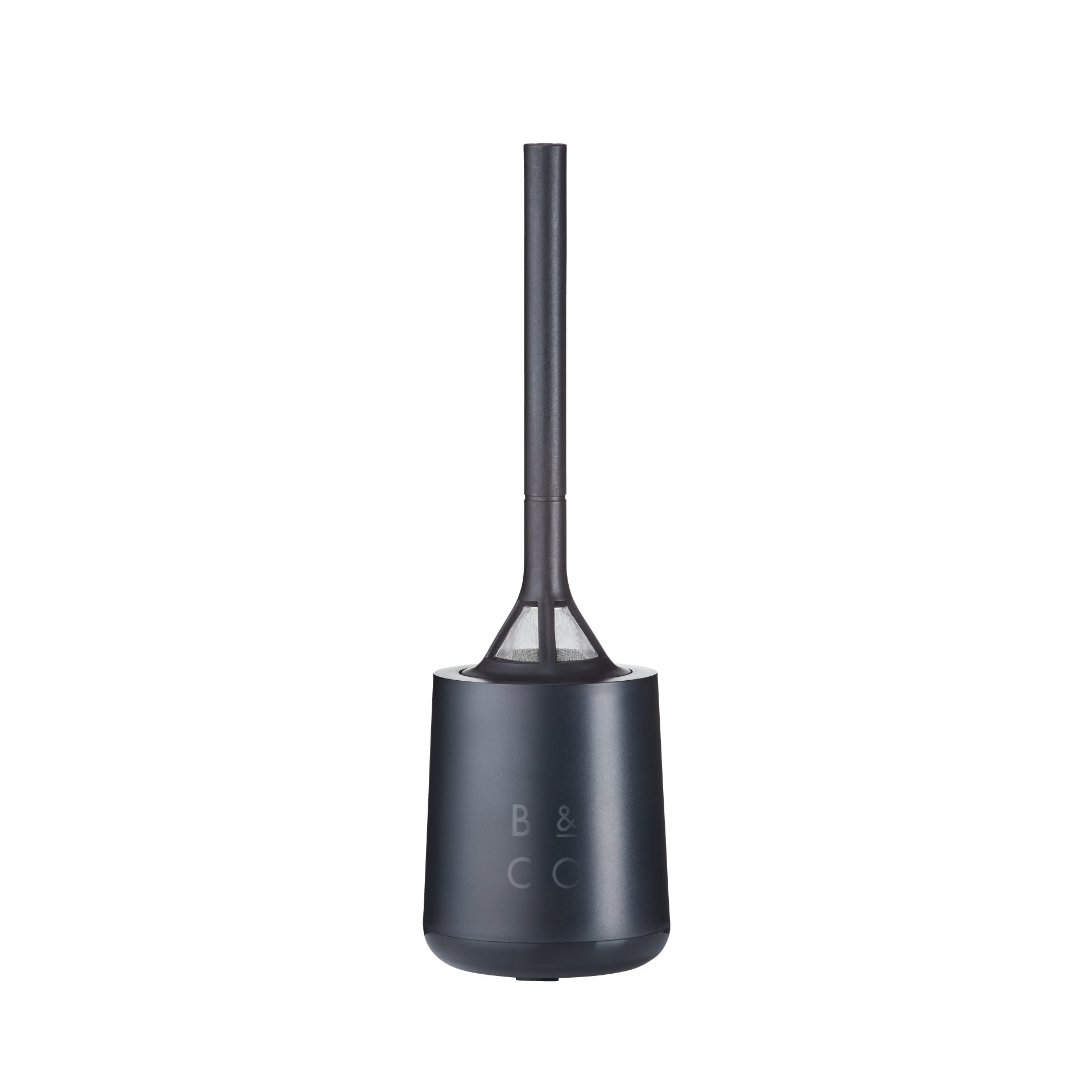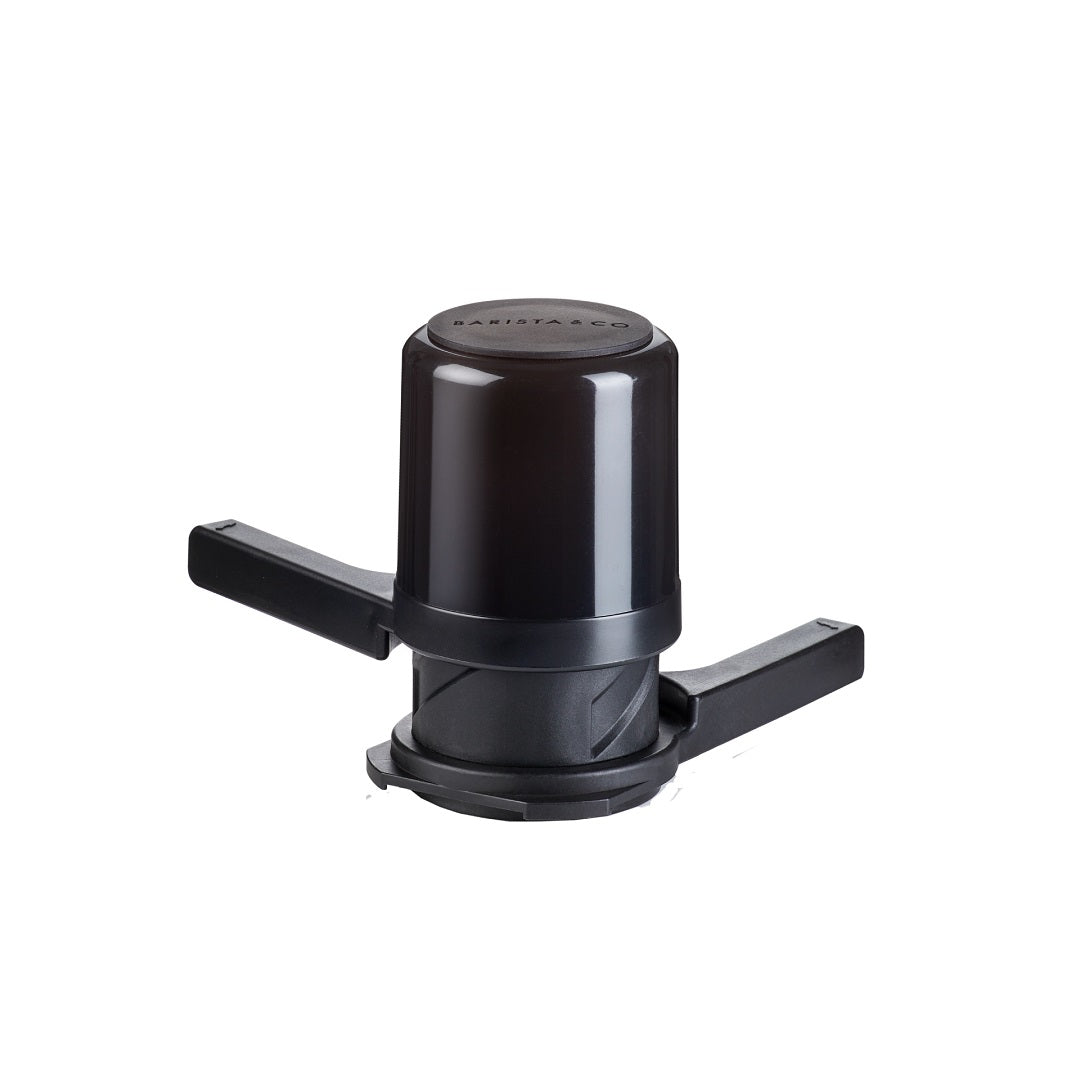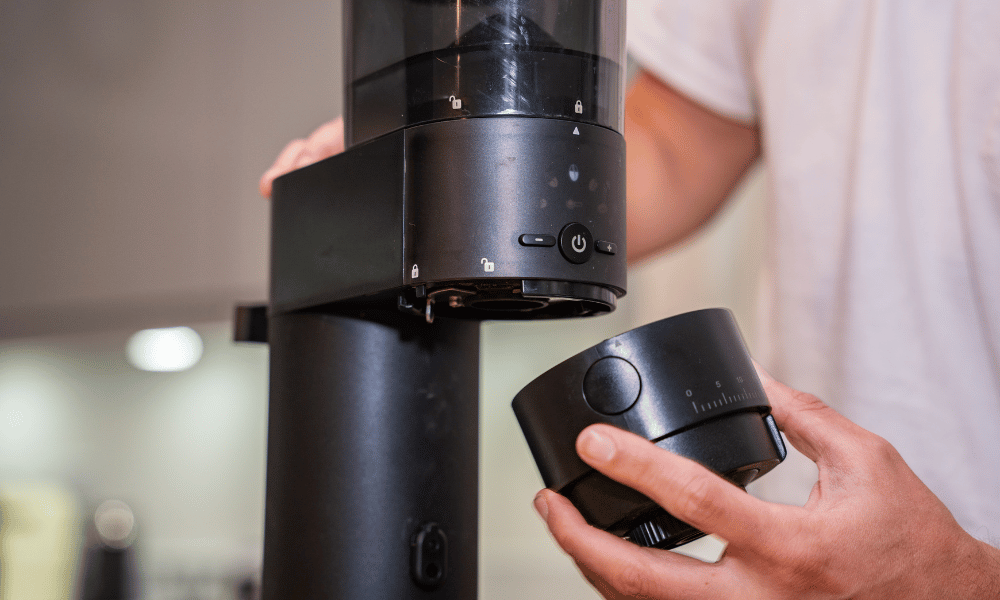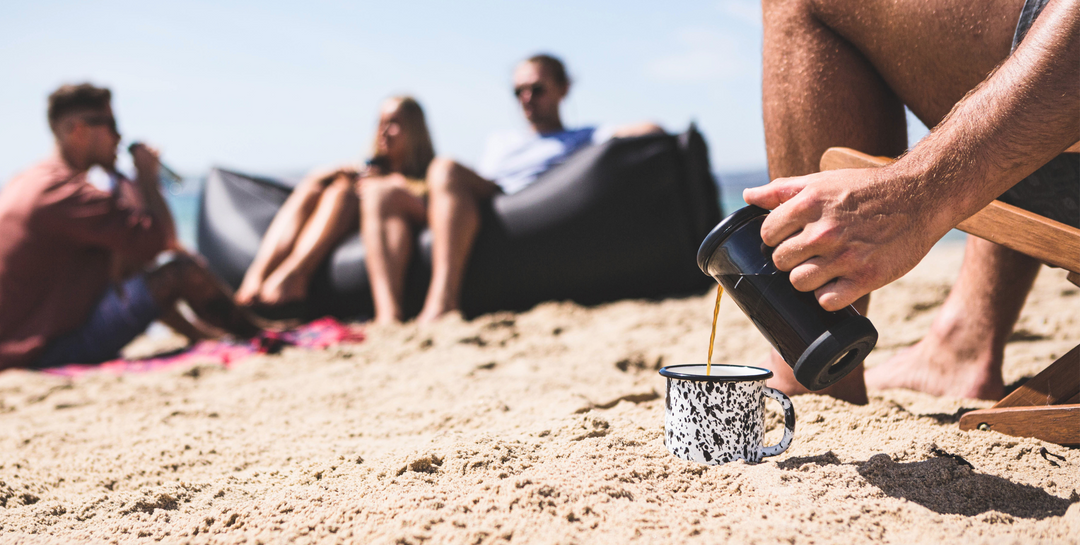Why Your Cafetiere Coffee Tastes Bad
Whether you call it a French Press, Coffee Press or a Cafetiere, this coffee maker is one of the most iconic when it comes to brewing at home.
In the simplest terms, a cafetiere is a manual coffee maker with a cylindrical beaker, a plunger and filter that percolates the coffee. In just four minutes, it uses hot water to steep coarsely ground coffee, making the perfect brew.
The coffee press has been around for the longest time, since 1929 when it was invented and first patented by an Italian coffee enthusiast and designer. And what an invention it was!

Used by millions daily across the globe, the coffee press uses immersion brewing to create a textured, full-bodied coffee. Immersion brewing is the process of ground coffee being immersed in water and left to brew until it is extracted and ready to drink.
How Does a French Press Work?
A French Press is certainly not a tricky brewer to perfect. Unlike the pour over, the French Press requires little thought or skill when it comes to making a clean, black coffee.
It’s a case of simply adding your 15g of freshly ground coffee (coarsely ground works best) and adding the hot water. For an ideal steep, the water should be about 93°C to optimise the flavour extraction. Any hotter and the water can burn the coffee, giving it a bitter taste – often undrinkable.
Top tip: For the best results, try adding a small amount of water to start with (approximately 45ml) and leave for half a minute. This allows the coffee to ‘bloom’ and de-gas to produce a better flavoured coffee overall. Continue to add the remaining water after this blooming process.
Once the coffee and hot water has been added into the glass beaker, place the lid on top, leaving the plunger up. This insulates the press, keeping the heat inside whilst the coffee brews.
Begin your timer and wait! Generally, the recommended steep time for a cafetiere brew is 4 minutes but this can be adjusted based on personal preferences and desired coffee strength. The longer you leave your coffee press to brew, the stronger your coffee will be.

When the timer is up and the brewing process is complete, slowly press the plunger down. Press it all the way down to ensure there is no over-extraction occurring.
Grab your favourite mug, add milk to the bottom (if preferable) and pour from the spout of your coffee press. Pour at a steady speed to get the cleanest, smoothest cup of coffee.
Put your feet up and enjoy!
What You Need to Make a French Press Coffee
Whilst the immersion brewing method of a French Press is a fairly easy one to grasp, there are many factors that can alter the overall taste and mouthfeel of the cup of coffee at the end. Whether it’s the inconsistent grind size, low grade coffee beans or poorly made cafetiere that is hindering your perfect brew, it is important to understand the right kit you’ll need to optimise your chances of nailing your Coffee Press brew.
Here's some guidance when it comes to choosing the correct components to accompany your cafetiere:

Finding the Best Coffee Press
You’d be surprised at how many variations of a cafetiere there are out there. Finding the perfect one for you can be a bit like finding a needle in a haystack.
They come in all shapes and sizes, materials, prices, and colours. Where do you start?
Cafetiere Sizes
The best place to begin your journey on finding a cafetiere is the size you’ll require to satisfy your coffee drinking habits. Cafetiere’s are available in many different sizes, ranging from a small 3 cup to a large 12 cup in some cases. Typically, the two most common sizes of coffee presses on the market are a 3 cup and an 8 cup.
A 3 cup is equivalent to 350ml (the size of one standard mug), whilst an 8 cup can hold up to 1 litre of liquid.
This decision is entirely dependent on how much coffee you drink in one go but it’s worth noting you’ll get a better cup of coffee each time if you brew it fresh and don’t let it sit in your coffee press. This can lead to over-extraction and creates a bitter tasting coffee.
The Core Coffee Press, a plastic free cafetiere, can be found in both sizes and in a variety of colours.
Materials
The material of your coffee press can determine the longevity, durability, function, and overall look of the coffee maker.
From plastic and metal cafetieres to wooden and copper-plated designs, it’s worth thinking about what you’re looking for. Often the stainless steel, coated structures are a good median for a sturdy yet stylish coffee maker.
It’s also worth noting whether the manufacturer offers separately sold replacement cafetiere parts to reduce wastage and to prolong your product’s lifecycle.

Filtration Quality and Efficiency
The filtration quality can only be tested through the use of the coffee press, making it worthwhile to read reviews and to buy from a reputable brand.
You’re looking for a coffee press with a fine enough filter to produce a clean cup of coffee with no grounds combined, but also one that allows the flavours of the coffee to be extracted.
Best Coffee Beans and Grind to Use with a French Press
Other than the quality of the coffee makers itself, the coffee beans are the second main factor to have an affect on the final cup of coffee.
It’s a toss-up between whether you choose to go with a lighter roast or darker roast coffee. It is recommended to opt for a lighter roast coffee if you prefer to drink your brew black and a slightly darker roast if you drink your coffee with milk. It’s the sweetness of the milk that counteracts the bitterness of a darker roasted coffee bean, whilst still offering all the flavours.
For more information and guidance when it comes to choosing the right coffee for you, read this comparison blog.
In terms of the grind size for a cafetiere, you want to be aiming for a coarse grind. The longer the coffee is in contact with water, the coarser the grind should be to prevent over-extraction and to elevate the flavours.
For an affordable electric grinder, that offers grind consistency and precision, try the Core All Grind.
The Best Water to Use with a Cafetiere
Whilst it is not paramount to do so, using pure filtered water to brew your coffee in your cafetiere will make a difference to the quality and taste of the cup at the end.
By opting for filtered water over tap water, alleviates any chances for chemicals and minerals to affect your cup of coffee.
The simplest and most cost-efficient methods to filter your water at home is through a water filtration system, like a Brita pitcher.
Why Does my Coffee Taste Bad?
So, let’s say you’ve got to this point in this blog, and you follow everything that has been mentioned and yet you’re still struggling to achieve a good tasting cup. Perhaps you have the ladies coming over for a coffee morning or your father-in-law (a major coffee snob) is down for the weekend and an average cup of coffee doesn’t quite cut it.
Let’s explore the other ways where you could be going wrong…
- Cut down the brewing time
You may be experiencing a bitter taste from your coffee due to over-extraction. To prevent this, simply press down the plunger/filter 20 seconds earlier.
- Allow your water to cool down before brewing
As coffee grounds are delicate, they can burn easily. Boiling hot water will scorch the coffee, causing the flavours to be disguised by an unpleasant burnt taste. If you’re experiencing an off taste, try giving your hot water 1-2 minutes to cool a few degrees before pouring into your cafetiere.
- Use more coffee
Like with any coffee maker, there will always be a recommended amount of coffee from the manufacturer. However, coffee is completely personal to the individual and varying strengths will be preferable on an individual basis. Try experimenting with varying levels of ground coffee in your cafetiere until you find the brew for you. Just remember to make a note of the amount you use so you can replicate this!

Uses of a Coffee Press
As this blog has established, the cafetiere is a wonderful invention. One that has been and will be around for many years to come.
And to shine the spotlight on the trust cafetiere even further, read on to see the other ways you can get your money’s worth with your coffee maker.
Using a Coffee Press to Make Tea
Double up your coffee press to make a good cup of loose-leaf tea, as well as coffee. Simply place the leaves and boiling water into the cafetiere beaker and leave to steep (just like you would with coffee). Press down the plunger slowly, allowing the mesh filter to resemble a teabag, keeping the leaves out of your cup.
Using a Coffee Press to Make a Cold Brew
The Cold Brew. Arguably the trendiest, most upcoming beverage around. Far richer and smoother than a hot brew and over two-thirds less acidic. It’s simple to make with a coffee press.
Create your coffee in the same way you would normally but leave to steep for up 18 to 24 hours. Store it in a cold place, either at room temperature or in the fridge. Either enjoy black or with a dash of your preferred milk.
With a cold brew, summer has never looked so good!
Using a Coffee Press to Make Frothed Milk
Frothing milk using a cafetiere?! Yup, that’s correct.
A coffee maker with many talents.
With a cafetiere, there is no need to invest in a steam wand or milk frother. You can simply enjoy a latte or cappuccino with the one tool.
Pour your desired milk into the clean coffee press beaker. Warm the milk in the microwave, but do not allow to boil or burn. Once at a warm temperature, fix the lid, plunger and filter to the beaker.
In a brisk motion, pump the plunger up and down to agitate the milk. Once at the desired texture, pour into your coffee and enjoy!

















Leave a comment